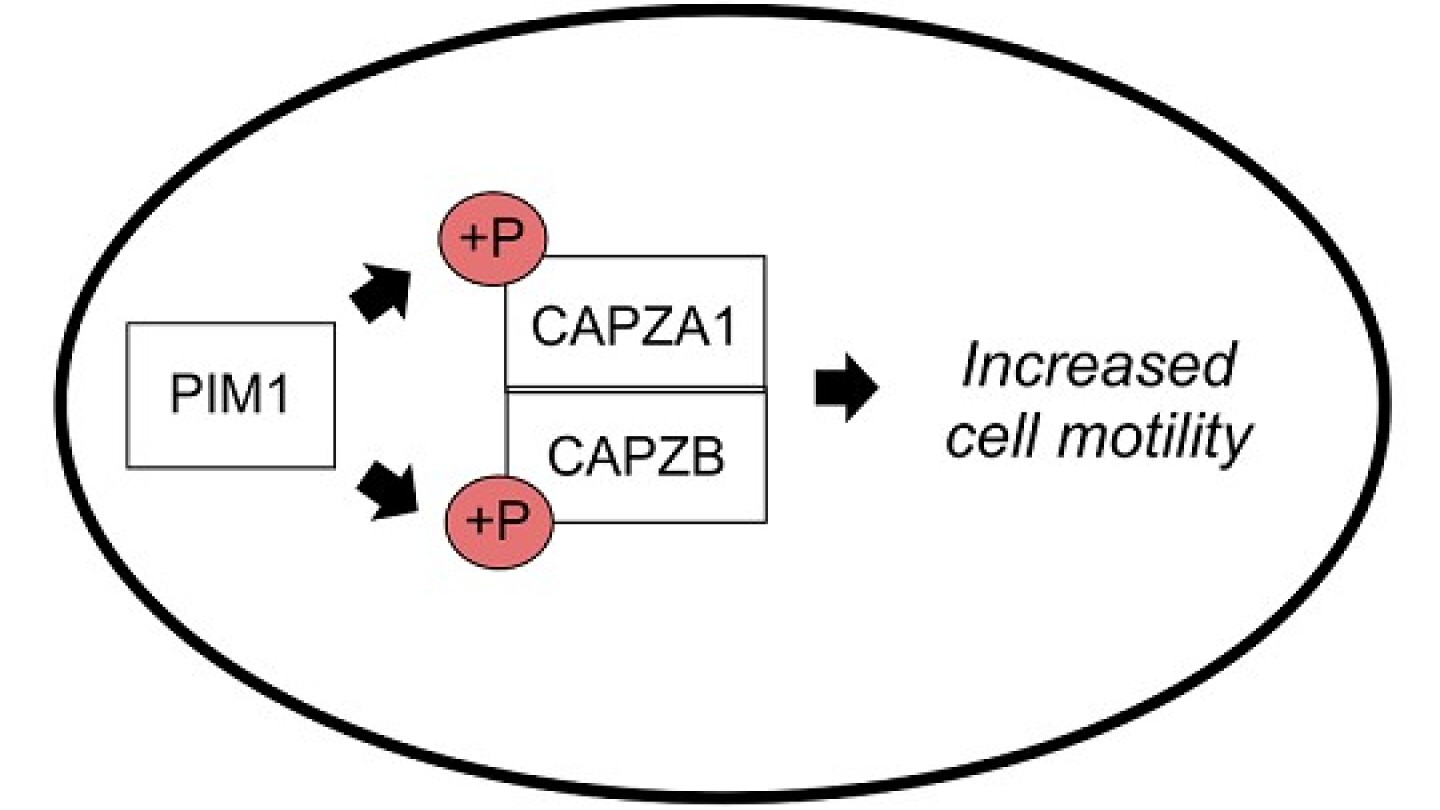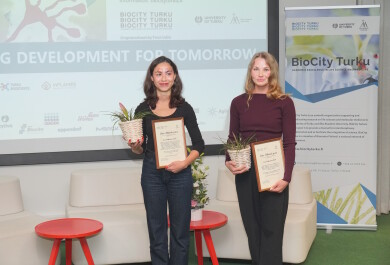Researchers Discovered New Information on the Regulation of Cancer Cell Motility
PIM kinases are enzymes that promote metastatic growth and spread of cancer cells. Researchers from the University of Turku, Finland, have obtained new information on how the PIM kinases enhance cancer cell motility by regulating the formation of actin fibres in the cytoskeleton. The published results support the development of PIM-targeted therapies to prevent metastasis formation in cancer patients.
It is critical for the survival of cancer patients, whether the cancer cells remain in their primary location or start migrating around the body to form metastases into bones and other vital organs. In order to be able to prevent metastasis formation, more information is needed about the factors regulating cancer cell motility.
– We had previously observed that PIM kinases promote and PIM-inhibitory compounds reduce migration of prostate cancer cells, but now we found a new mechanism to explain these observations, says the leader of the research group, Dr. Päivi Koskinen from the Department of Biology at the University of Turku.
Cellular movements are motorised by cytoskeletal actin fibres which are constantly polymerised or depolymerised, unless they are capped by proteins that protect the ends of the fibres.
– We demonstrated that via phosphorylation, PIM kinases modify actin capping proteins so that they cannot bind to actin polymers. As a consequence, actin processing as well as cell motility are enhanced, describes PhD Niina Santio who had the main responsibility for the experimental research.
– By contrast, in the presence of PIM inhibitors, cells stuck to each other and did not move much.
Video Abstract Visualises the Results
The results published in the Cell Communication and Signaling journal help to better understand the pro-metastatic effects of both the PIM kinases and the anti-metastatic PIM inhibitors.
In addition to written and graphic abstracts, the research group also used a video abstract for the first time to present their data.
– A visual abstract is a nice way to summarise the main message of the research into a single figure. Now, we also had the opportunity to wrap up our results into a short informative video which was finalised by an expert team provided by the journal, explains Päivi Koskinen.
> The research article in the Cell Communication and Signaling journal





